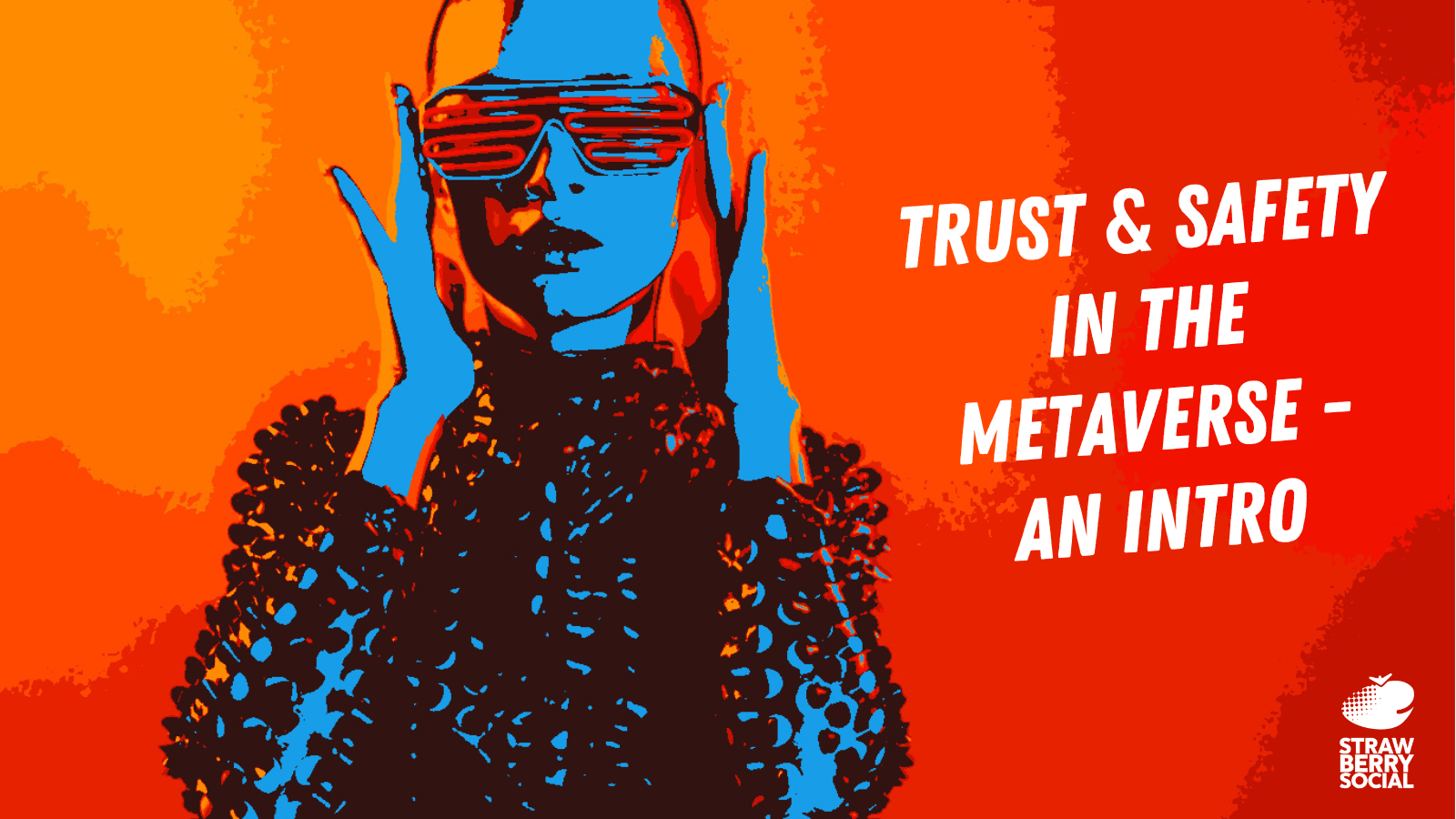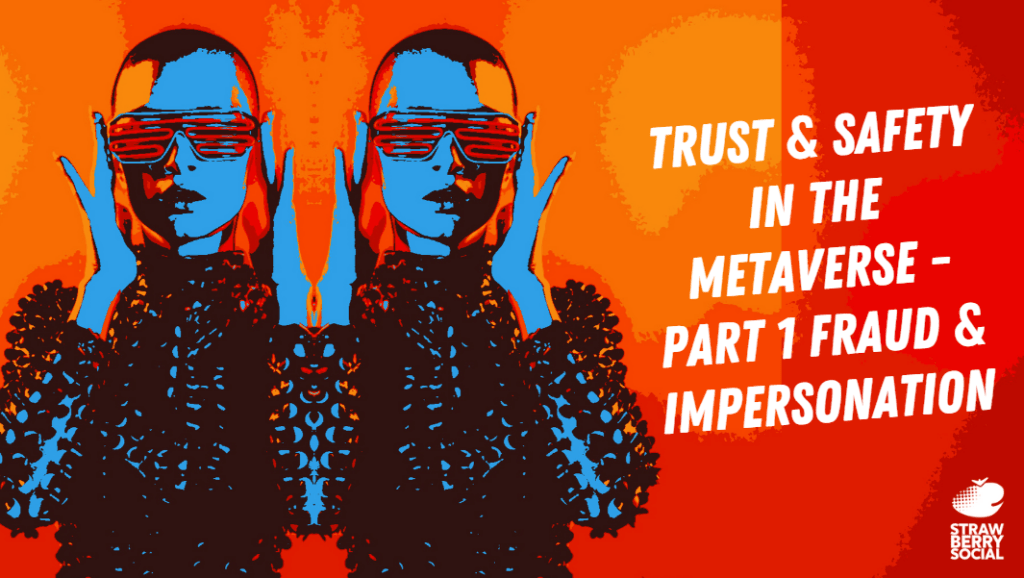In October 2021, Mark Zuckerberg announced 2 things:
1: The organisation is rebranding, to be called “Meta” (an all-encompassing name to represent all owned platforms, not just Facebook)
2: That the Metaverse (aka Web 3.0) is going to happen sooner, rather than later. And that it was going to be huge.
As described by The Guardian, Web 3.0 will be a virtual space
“…where the physical and digital worlds come together. It is a space where digital representations of people – avatars – interact at work and play, meeting in their office, going to concerts and even trying on clothes.”
Further, the learning platform Simplilearn predicts Web3.0 will be:
- Open – Open-source software will be used to build content platforms.
- Trustless – Everyone will use Zero Trust, and network protection will reach the edge.
- Distributed – Interaction between devices, users, and services will be possible without a centralized (sp) authority’s approval.
Recent demonstrations (in particular the Zuckerberg-built metaverse, called Horizon Worlds) have received less than impressive feedback. Some industry veterans have referred to the spaces as nothing more than reconstructed virtual worlds a la’ There.com, SecondLife.com or even Roblox today.
Negative and damaging behaviour has already reared its ugly head in Web3.0 and so far, not much has been accomplished to reduce it. Those of us working in Trust and Safety are fully aware that both individuals and companies are watching closely to better understand when and how they should invest their time and money into Web3.0, safely.
As we, at StrawberrySocial, see it there are 3 key areas for discussion which require ample time to ask the right questions up front. Risk comes with any online interaction; and now that we have a pretty basic understanding of what to expect from online behaviour, it’s important to include these discussions to ensure our future spaces are kept clean, safe and enjoyable.
We’re presenting a series of blogs to discuss different topics important to brands looking to move into Web3.0. We call this blog series Trust and Safety in the Metaverse. We’ll discuss:
- Fraud and Impersonation
- Violence and safeguarding (what does it mean to be digitally violated?)
- Children and the metaverse



 October 13, 2022
October 13, 2022 Share This Post
Share This Post